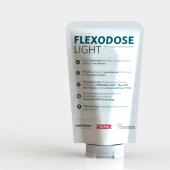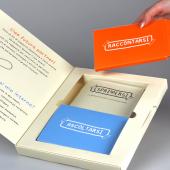Luxury Packaging 2024 | Ecofoam Nature
PaperFoam®: efficient and environmentally friendly
100% recyclable, biodegradable and compostable injection molded packaging solution that guarantees high quality in the definition of shapes and surfaces.
It’s completely plastic free and produced with natural raw materials: industrial potato starch (70%), cellulose fibre (12%), water (18%) and a special additive, always biobased, used as a binder.
PaperFoam® is an example of low carbon-emission green packaging, with exceptional adaptability and stability characteristics and, thanks to the infinite choice of colours, lends itself to being personalized in the printing and graphics. PaperFoam® it’s marketed exclusively in Spain, Italy and Portugal by the Spanish company Ecofoam Nature; Dimontonate Floccati is the exclusive agent for Italy.
An alternative process
The starch use is obtained from potatoes for non-food use, a fundamental renewable raw material for PaperFoam®, both thanks to its physical qualities, and to the overall reduction in consumption. Long and short virgin fibres coming from FSC® certified forests guarantee maximum ecological efficiency along the entire production chain, from cultivation to the final product.
Through a particular injection process, the paper pulp produced is injected into special aluminium moulds and then sent to a kiln and cooked at a temperature of over 200°C to obtain the final piece. The use of injection moulds guarantees that the contours of the packaging are perfectly defined, as well as high shape stability. The particular characteristic of this process is being able to obtain a very well-defined surface and, at the same time, optimal resistance.
Those requirement perfectly fit with the luxury packaging top standards. The ecological footprint of PaperFoam® packaging is 85% less than packaging in plastic or cellulose pulp of the same category. This is due, among other things, to the low consumption of water during production, the weight of the packaging and the energy efficiency of the processes, without forgetting the use of renewable raw materials, and the ecological management and disposal of the waste.






















